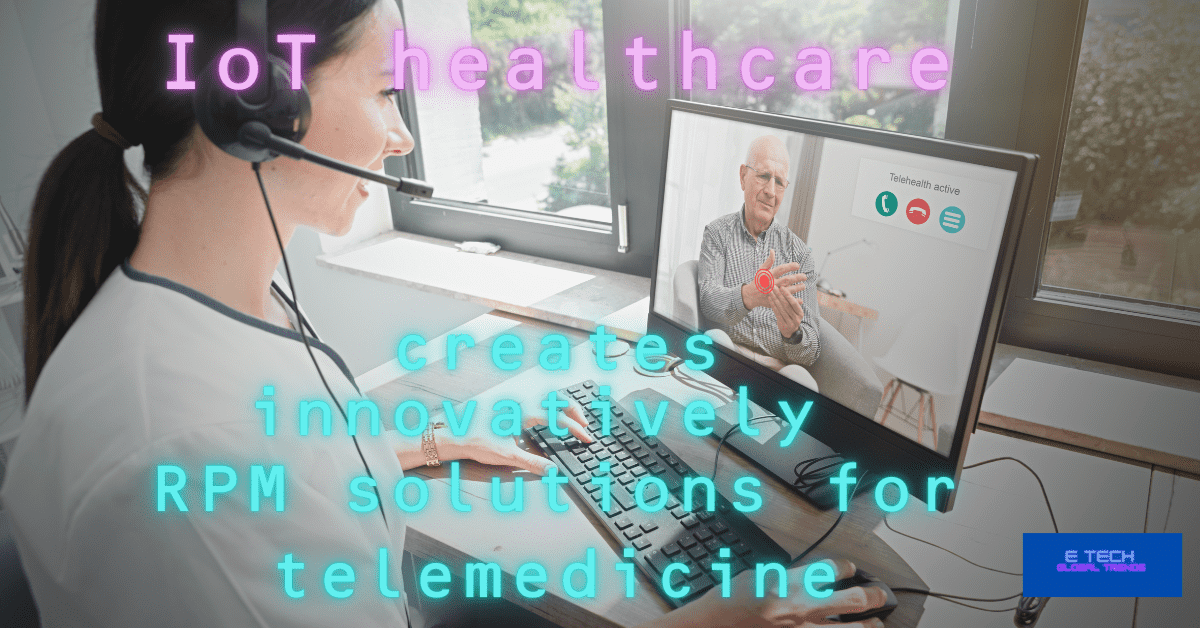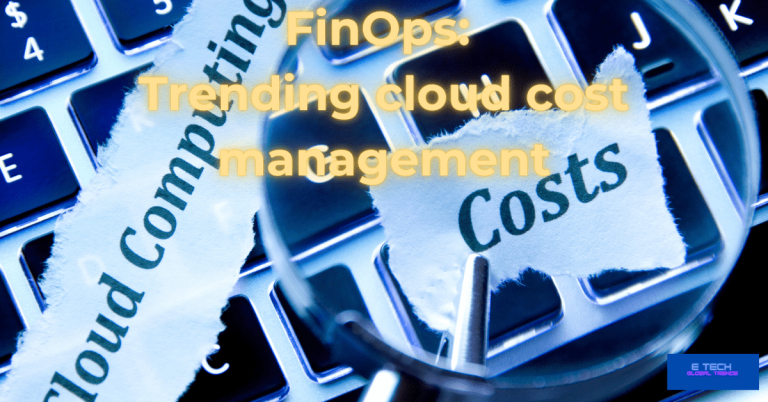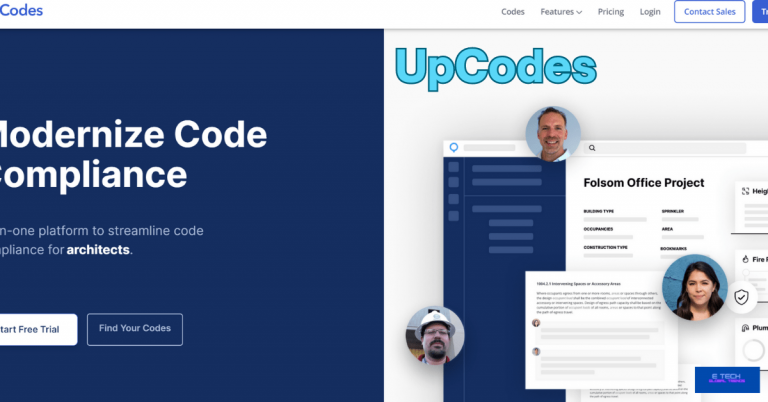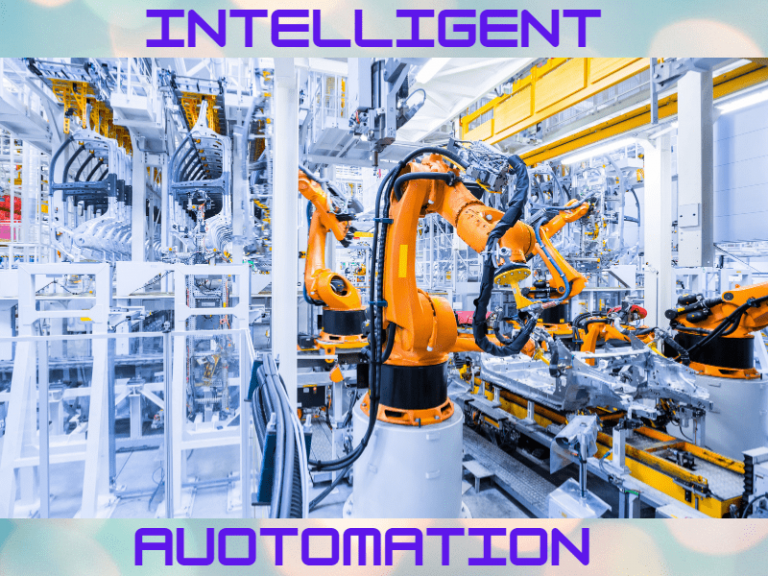Remote Patient Monitoring insights
According to Insider Intelligence, by 2025, there will be 70.6 M American patients using RPM equipment. means 26.2% of the population. RPM-enabled health care monitoring equipment is a trend. As a result, Hospital readmission fines are already being reduced by providers employing. and other telehealth capabilities to ensure the task. The IoMT meta trend, or Internet of Medical Things, includes Remote Patient Monitoring insights.
One of the most potential uses of IoT in the world is in healthcare, where it may increase care quality and efficiency while lowering costs and providing better care for more people. Healthcare is now more accessible and cost-effective than ever thanks to the development of new linked gadgets every year.
What is RPM in healthcare?
RPM stands for Remote Patient Monitoring. It is a healthcare strategy that collects and tracks patient data using emerging technology.
Virtual healthcare monitoring allows doctors to electronically monitor patients. As well as, hopefully, expand patient access to care and lowering delivery costs.
How do RPM trends remark?
Over the last decade, this trend showed searches for “IoT healthcare” multiplied by 10 times. It demonstrates the demand for more cutting-edge technologically focused medical solutions. from both healthcare providers and patients.
According to a recent survey, 80% of American patients support the use of IoT devices in healthcare facilities.
The telehealth market expansion is amazing. We can expect this at a CAGR of 36.5% through the year 2028. Many firms are beginning to create innovative RPM solutions to support telemedicine.
These options range from telehealth systems that use AI for diagnostics to wearable medical technology.
The expectation of rising looks like By 2024, 30 million US patients will use at least one RPM treatment. indicating that the demand for RPM treatments will continue to rise (24 million in 2021).
This is why “Remote Patient Monitoring insights” matters.
What are 5 instances of Remote Patient Monitoring insights?
1.0 Navina
Originally designed as a tool for doctors, it examines patient histories by summarizing and emphasizing the key elements of earlier testing. Health insurance providers can use it, nevertheless, to assess how “risky” potential customers are and modify their collaboration with them accordingly—whether it be through changes in price, subscription plans, the length of the contract, etc.
2.0 SportPlus.
It equips the workout machines and equipment it rents to its customers with Bluetooth Low Energy (BLE) modules, allowing you to operate them remotely using the SportPlus app. The BLE modules gather users’ health information, including their heart rate, calorie intake, activity history, and other dynamic health measures. above all, These modules then transmit the information to the app so that users can easily access it and, if necessary, talk about it with their doctors.
3.0 QardioCore.
To track users’ health problems, this device was created (chronic ones or those in acute conditions). Monitoring tools like cholesterol and blood pressure measurements are part of the functionality. Users can also configure automatic data transfer to healthcare facilities they visit without making physical appointments.
4.0 Zanthion.
This gadget is comparable to a wearable notification system that nurses who provide in-home care might give out to their patients to wear, for instance, around their necks. The device is designed to convey a warning to nurses or other clinic staff if a patient in the nurse’s care falls out of bed, remains motionless for an extended period of time, or exhibits abnormal health indications.
5.0 Pillsy.
The business sells smart pill bottles with built-in dose tracking technology. The features include location-based sleeping (if patients aren’t close to their bottle, alarms for double doses, reminders to take medications), reminders to notify caregivers, and location-based medication reminders. When they come into range, they are ready to inform.
In conclusion, the healthcare sector has a lot to gain from the Internet of Things. Most likely, it’s not the diversity of devices per se, but rather how practical and versatile they are.
Consider heart rate monitors. They are appropriate, for instance, for solitary use while working out.
They can use in hospitals and doctors to monitor the health and well-being of their patients.
If consumers choose to disclose this information, health insurance providers can customize their insurance policies to meet the demands of their clients.
Why will Remote Patient Monitoring insights shape healthcare in the future?
1.0 Patient-focused IoT devices;
Health care is one area where IoT is useful, specifically patient monitoring sensors. These devices, which are there in operating rooms, intensive care units, and postoperative hospitals, will keep track of patients’ vital signs and immediately alert clinicians to any potentially dangerous circumstances.
These tools will benefit not only medical professionals and patients but also their loved ones. A patient might experience a challenging procedure, for instance. The patient’s family is now can inform of the conclusion of the procedure and even its success thanks to an online location sensor.
2.0 Internet of Things-enabled medical devices
The quality of medical care can be greatly enhanced by monitoring sensors for equipment in hospitals and clinics. Healthcare facilities cannot afford to repair the necessary equipment frequently due to their limited financial resources. Older equipment consequently needs ongoing maintenance.
IoT sensors will evaluate the current status of technology and alert developers to errors. By doing this, you’ll be able to fix equipment and respond swiftly to malfunctions.
3.0 The role of IoT in managing medical institutions
The hospital’s administrative and management responsibilities can resolve with IoT technology, among other things. So, with the aid of IoT devices, it is feasible to keep track of the number of medications, the state of the apparatus, and the requirement to buy a new one.
Your business cannot afford to ignore the wave of the future that is healthcare IoT. Isn’t it?
What will the future of the healthcare IT industry look like?
The field is rapidly growing. We consider what it will look like.
01 AI:
Data on the temperature of crowds can be analyzed with the aid of artificial intelligence (AI). This makes using thermal screening to find people who may be exhibiting symptoms much more practical. AI-powered facial recognition has advanced to the point that it is now possible to identify people even while they are hiding their faces. It can also tell if a user is using a mask in an area where doing so is required.
02 Remote healthcare and telemedicine:
In 2022, doctors and other healthcare professionals will frequently meet with patients through video conferences to discuss issues and offer guidance. This is now supported by much better infrastructure. By 2026, telehealth is anticipated to reach a value of $185.6 billion.
03 Additional Reality:
A general term that encompasses mixed reality, augmented reality, and virtual reality has enormous potential in the healthcare sector. AR and VR technology have the potential to significantly advance the healthcare sector, from telehealth applications to assisting in surgery.
04 Wearables and IoT:
Their potential in the healthcare sector has considerably increased as they gain popularity. Many now refer to this microprocessing trend as the “Internet of Medical Things” for use in telemedicine and telehealth applications. At the beginning of 2021, 11.3 billion IoT devices were online. The market for IoT medical devices will anticipate to grow from USD 26.5 billion in 2021 to USD 94.2 billion by 2026. IoT will regard as the healthcare sector becomes more interconnected thanks to these technologies.
read more on related topics; bionic eye, Novorapid Flexpen







